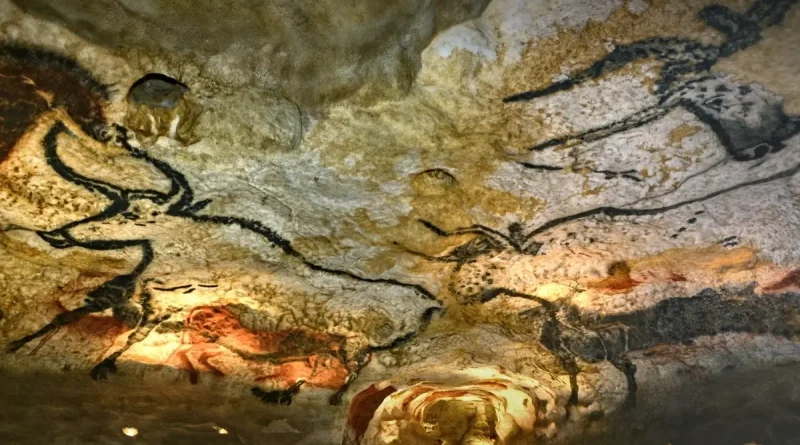The first humans to leave Africa were not those we originally thought

Recent research shows that contrary to previous beliefs, the first humans to leave Africa for Europe were not the species we imagined.
The human family tree is a tangled collection of withered branches, and separating out its many twigs and leaves to get to the essence of our own species is not easy.
The classic ‘Out of Africa’ hypothesis holds that modern humans evolved from a distinct species of early human that emerged nearly 150,000 years ago, before dispersing across Europe and other parts of the globe.
But as reported by Science Alert, new research by the University of McGill and California Davis reveals a different story. This genomic study shows that the lineage of our family is not a straight, slow-changing line that is traced back to a middle population; it is in fact a network that connects diverse families across the African continent.

Cave paintings in Sederberg, South Africa
According to Henn, matching this theory with limited fossils and various archaeological records that prove human presence in areas such as Morocco, Ethiopia, and South Africa is somewhat difficult. Archaeological records show that humans lived on this continent at least 300,000 years ago.
The oldest fossils that resemble us have been found in Morocco, Ethiopia, and South Africa, but it is still unclear which of these regions was the real cradle of humankind. Some researchers believe that the reason for this is our wrong thinking about our own human origins. According to these people, perhaps our lineage is actually a branch of branches created when a group of coexisting humans migrated and amalgamated.
It seems that genetic data also support this idea. Researchers have found evidence of the existence of a genetic flow between human ancestors in East and West Africa by comparing the genomes of 290 modern humans in South Africa, Sierra Leone, Ethiopia, and the Eurasian region.
This information includes genetic data from British people indicating the return of genetic flow to Africa through colonial invasion. Among the above information, an ancient Neanderthal genome from Croatia has also been well-studied to explain how Neanderthal genes are combined with humans outside of Africa.
According to a continuous migration model, two main lineages are likely responsible for the genome of current African residents. This lineage belongs to a distinct population of early humans who lived about 400,000 years ago.
Conceptual models of the early history of humans in Africa: a) Recent development b) Recent development with regional continuity c) Ancient combination d) Multi-regional Africa
The models show that long after independent evolution, these two populations probably merged and eventually transformed into subpopulations that have remained since 120,000 years ago.
According to researchers, the aforementioned integrations between divergent branches may have been promoted by changes in moist and dry weather conditions that occurred between 140,000 to 100,000 years ago in the African continent. They believe that this interwoven species could have left Africa for Europe 50,000 years ago.
However, the output of the models does not match the results obtained from genomic data. By comparing the genomes of Europeans with African ancestry, the models predict that the first African humans arrived in Europe 10,000 years later. Nevertheless, recent research suggests that multiple waves of African migration to Europe may have existed.
Given the scarce fossil records that remain of that time, genomic sequencing has become an incredible tool for scientists who track our ancestors’ footsteps. Further genetic studies will lead to a more complex story about them and us.




